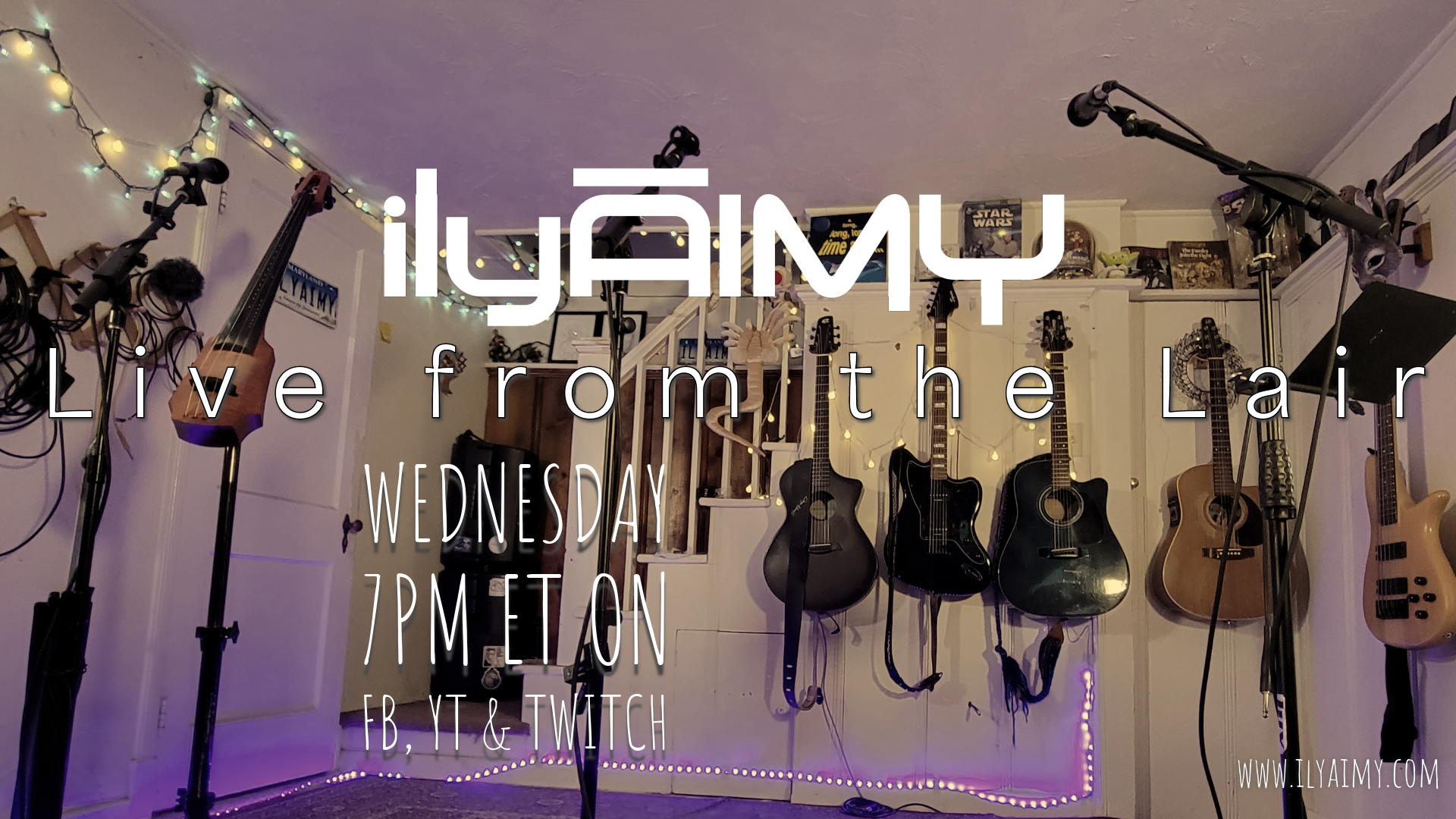Stop me if you’ve heard this one before.
In one of my senior years at the Maryland Institute College of Art, I took a course called “Cities in the 90’s”. The class was a really cool concept – part of the illustration department, but focused mostly on social awareness and writing/reading about it. The teachers were Chris Shipley from the English department, Ken Krafchek from the illustration department… and some woman that I don’t remember the name of. I don’t believe she was so much a teacher as a social activist who “had the ear of the mayor” and who was involved in re-zoning projects, public works, building of libraries, public housing… that sort of thing.
We would take lots of field trips into the edges of the Baltimore projects – once into a factory which built electrical insulators for high power lines to see the working conditions, and once, most memorably, to Cherry Hill.
Cherry Hill is a rundown portion of Southern Baltimore which has a pretty nasty reputation, mostly received because it’s one of the poorest sections of the City, with a high number of local people receiving subsidies from the government for housing.
The trip to Cherry Hill (it’s funny not to capitalize the “t”) was interesting. First we wandered through a church through which whatshername organized most of efforts. She was a queen among them, and I remember lots of things named after her, and a lot of “this project, built in 19xx, would of course have been impossible without my help”… Her current Good Work was to rip down a local Cherry Hill strip mall to replace it with a library. Unfortunately, a bunch of the locals had been organizing at some OTHER church to block her, working zoning restrictions to block the construction of this holiest of projects, bringing education and books to the Projects…
After getting a lengthy discourse on how wonderful whatshername was, and what she’d done for the city, and the shining faces of the poor, downtrodden blacks that helped her help them, it was time to get back to the Light Rail for the short trip to OUR side of the city…
Well, I was in this class with Little Michael (note… not Rover Mike, who was bigger) – and Michael was not the most outgoing of people. He was quiet, reserved, and not really very social. At one point, I noticed that he’d wandered away from the group, and I wandered off to hunt him. I found him at the aforementioned strip mall in an old barber shop, talking to people he didn’t know! His disbelief of Whatshername had driven him to go talk to the locals and get the real scoop about why they were blocking books and education from their own community.
And their story was very different from the one previously painted. Whatshername talked about how it was local business owners worried about losing their stores and shops… but it was more than that. It was also the employees who had no other place to go for a paycheck (except the drug dealers) and the people who purchased food, and lightbulbs, and haircuts (and drugdealers won’t cut your hair) – this was the centre of the community, the one thing that people who’s Lives are subsidized by the government actually own, can actually grasp, can actually build upon – and they didn’t see much use replacing it with books.
Neither did I, after talking to them.
Whatshername knew better of course, and explained to us how the locals didn’t really know what was best for them, and that was why she’d rerouted another local building project through the church where the opposition had been meeting. She laughed about that. I wrote Bulldozer. We all wrote letters, and then being college students, it lost our attention…
So – why the Hell am I telling this story?
This is from today’s Baltimore Sun:
Judge criticizes pooling poor in city
Court says HUD violated housing law by failing to take a regional approach; Ruling in 1995 federal civil-rights lawsuit
By Eric Siegel | Sun Staff | Originally published January 7, 2005Declaring that Baltimore “should not be viewed as an island reservation for use as a container” for all of the area’s poor, a federal judge ruled yesterday that the U.S. Department of Housing and Urban Development violated fair housing law by failing to take a regional approach to the desegregation of public housing.
In a lengthy and strongly worded decision in a 10-year-old civil rights case that shone a spotlight on the city’s racial as well as housing history, U.S. District Judge Marvin J. Garbis said HUD officials had been “effectively wearing blinders” that kept them from looking beyond Baltimore for ways to disperse the concentration of public housing residents.
Awesome – good thing. Spread the Projects around, so as to properly reintegrate people into more affluent portions of the community. Spreading the burden, and putting them in places where they can see HOPE. Also, other cultures, etc etc etc. I’m a strong believe in desegregation. You read further and a lot of this is based on a decision in Chicago which lead to people being given vouchers to Live in the suburbs.
So, that sounds pretty good… but so did Whatshername’s thinking. But they both are doing a “I know better than you” thing, not listening to what the communities need, and NOT thinking things through… There’s a whole lot more to the problem than just smearing it around so it gets thinner.
In another Baltimore Sun article titled Tenants, Counties Wary About Ruling by Laura Vozzella:
Anna Warren lives in the kind of poor, mostly black Baltimore public housing that a federal judge yesterday found unfair and maybe unconstitutional.
But if the U.S District Judge Marvin J. Garbis’ ruling eventually amounts to a ticket to the subirbs for city public housing tenants, Warren, for one, isn’t interested.
The article goes on to ask important questions that are often overlooked in decisions like this. All these people are moved – but not all of them are just Living off of their subsidies – and many of those subsidies are reliant on those people holding on to certain conditions, or jobs. Jobs that they will be moved away from . Public transportation, clinics, social supports that they will be moved away from. Will they be provided with the cars that people need to survive in the suburbs? Or are they separated and dispersed like a mob so that they can be more easily dealt with?
So, that’s my worry today. It’s like going to a bunch of people clustered in the desert, taking a look at their local oasis and saying that the water’s unclean, not fit for human consumption aaand your camels aren’t being maintained. We’re going to make it illegal for you to drink that, and difficult for you to ride the other… that makes a good deal of sense until you run yourself against the difficult fact that there isn’t a real-world alternative.
Sigh.


